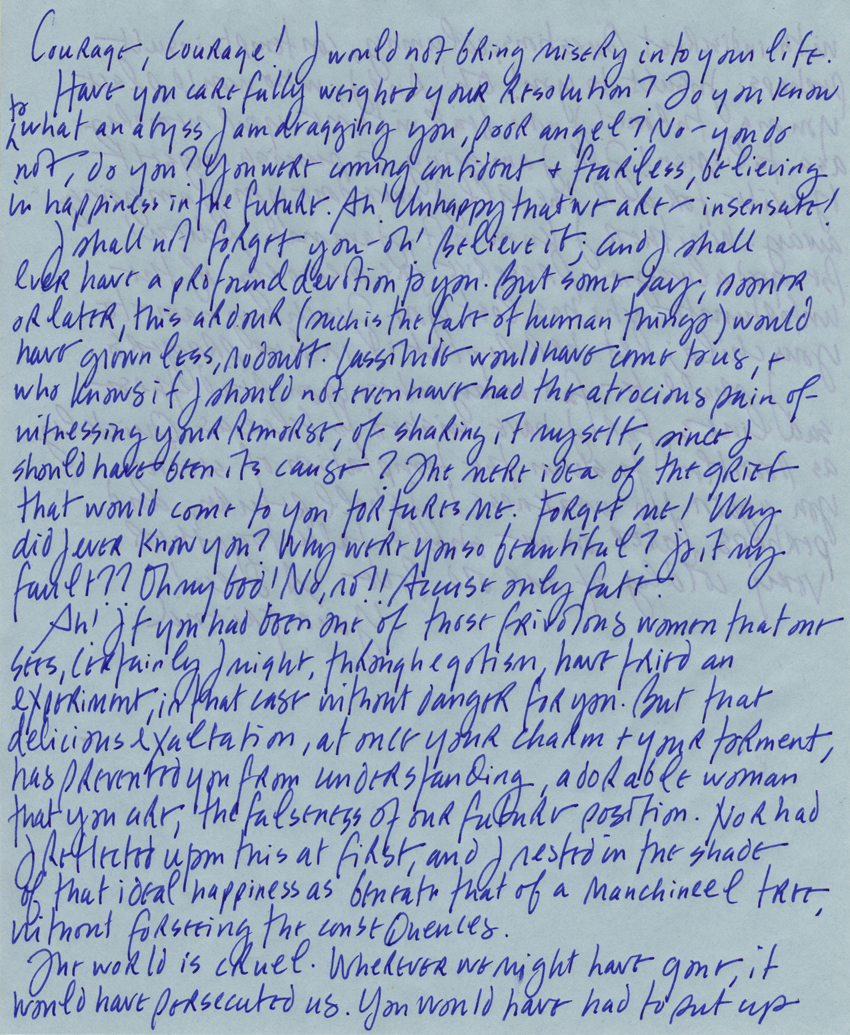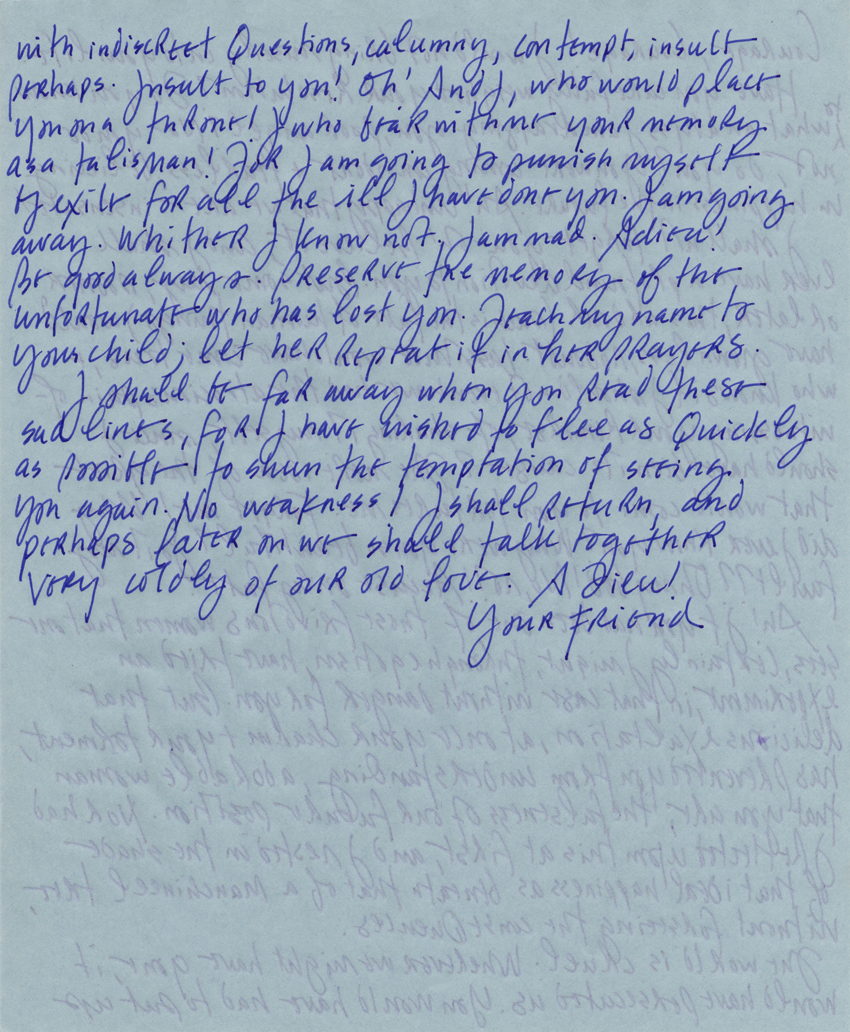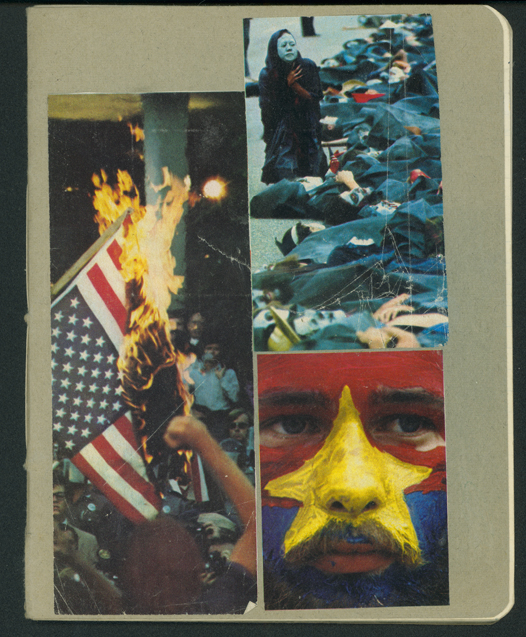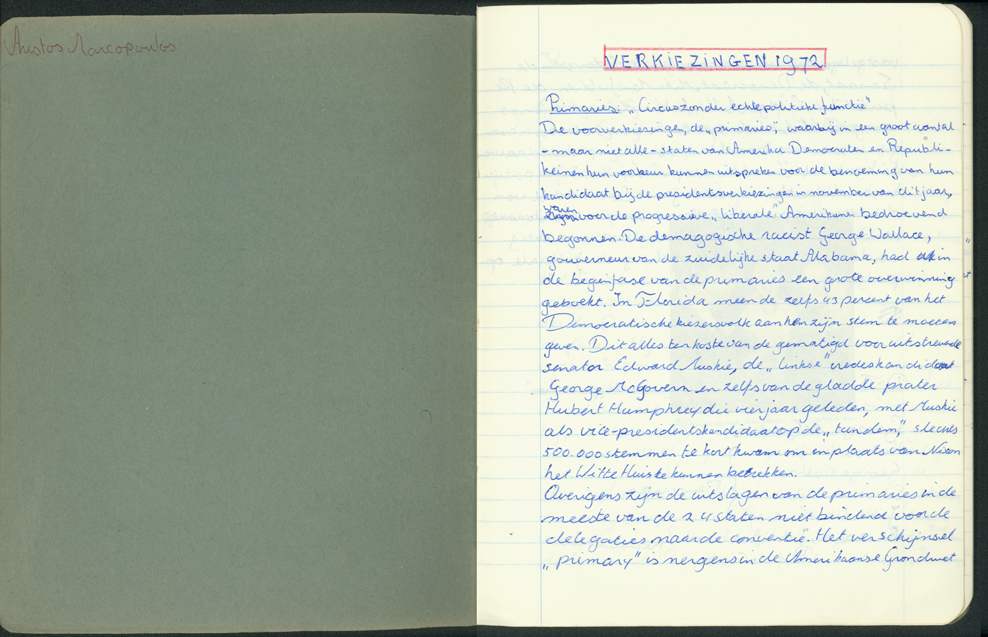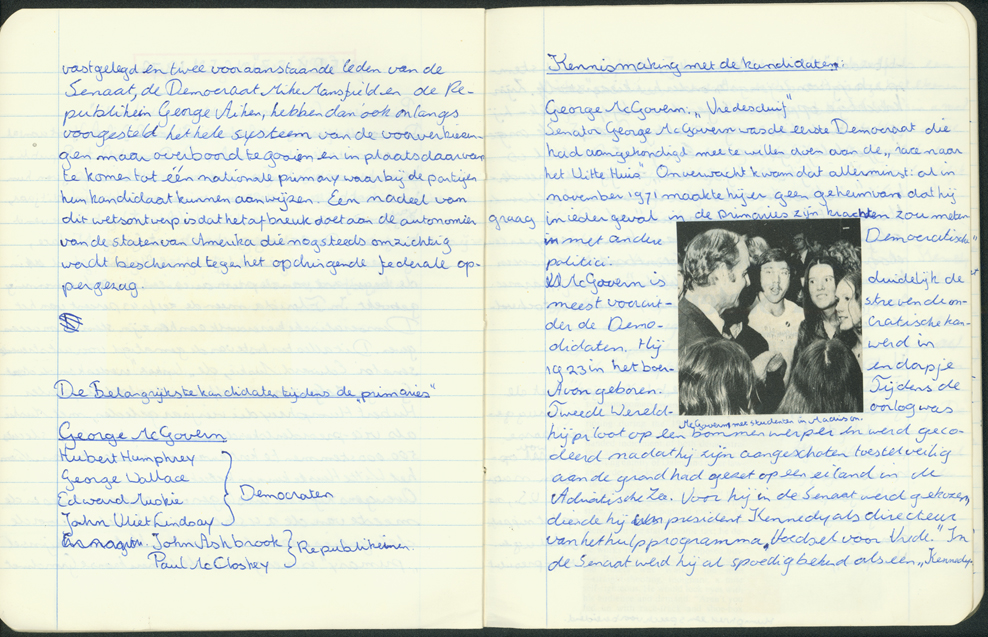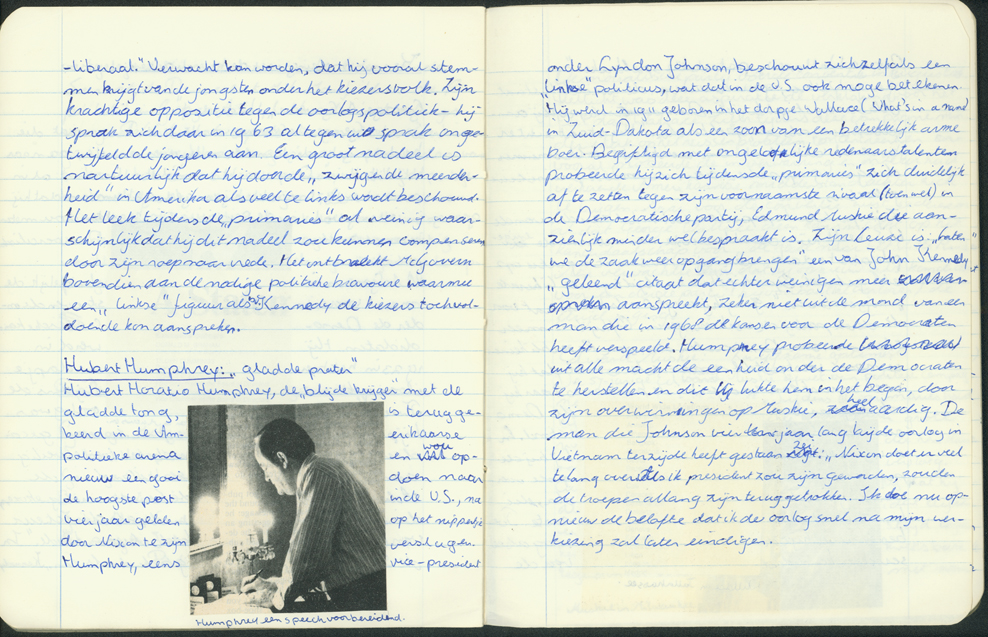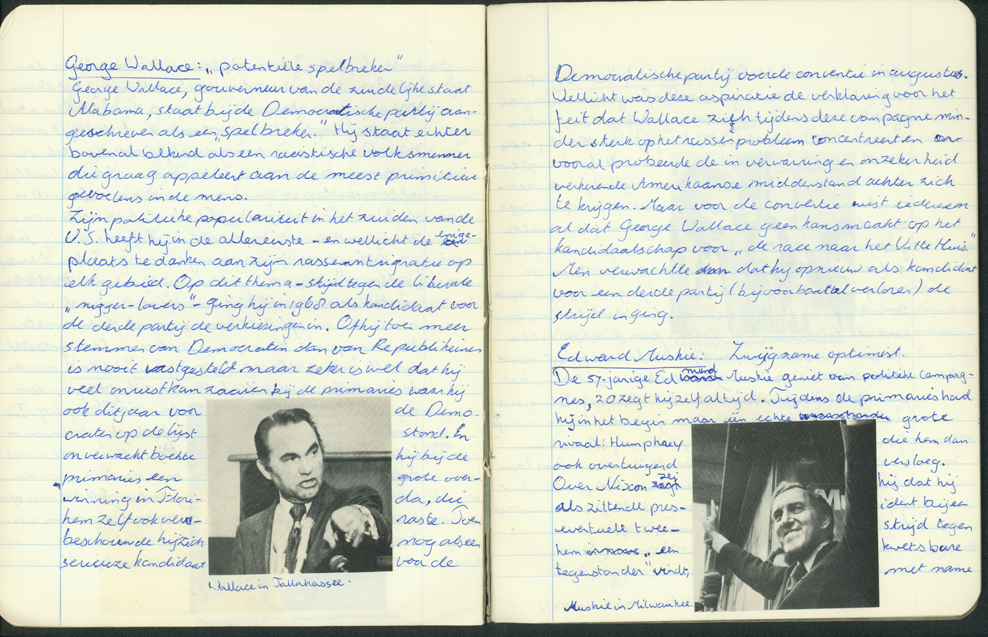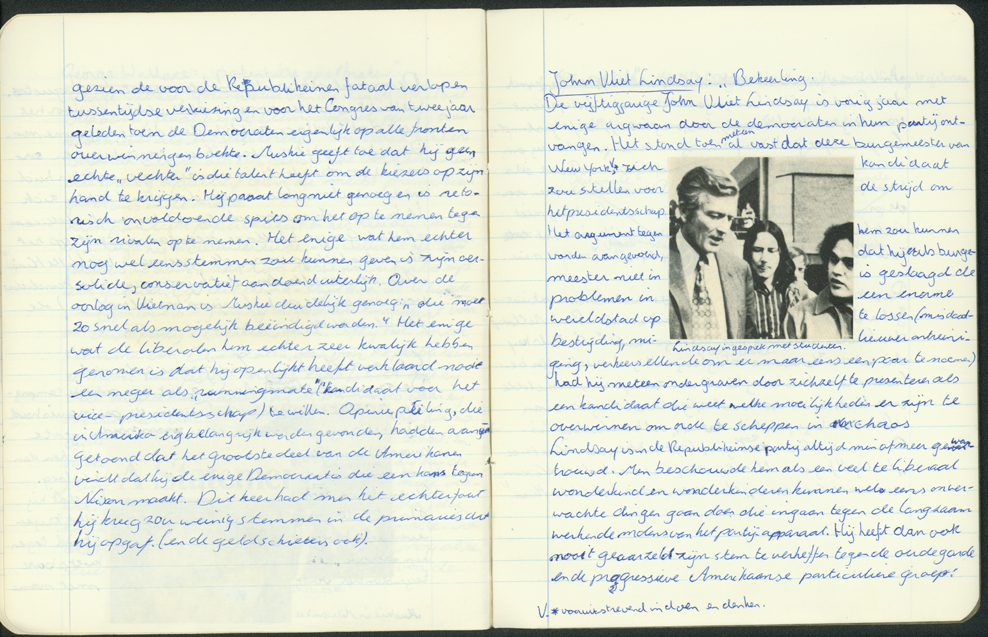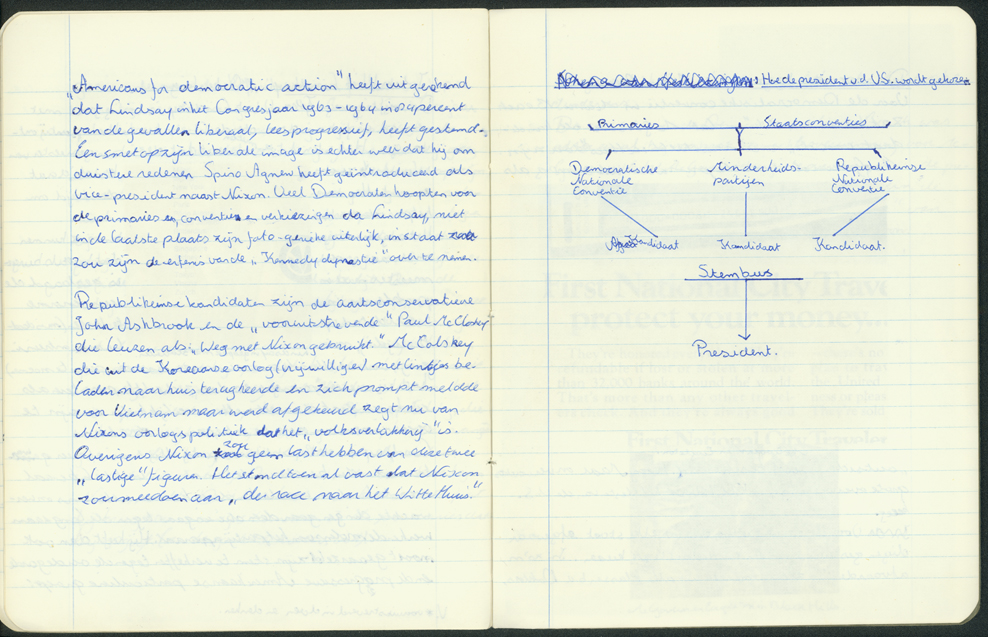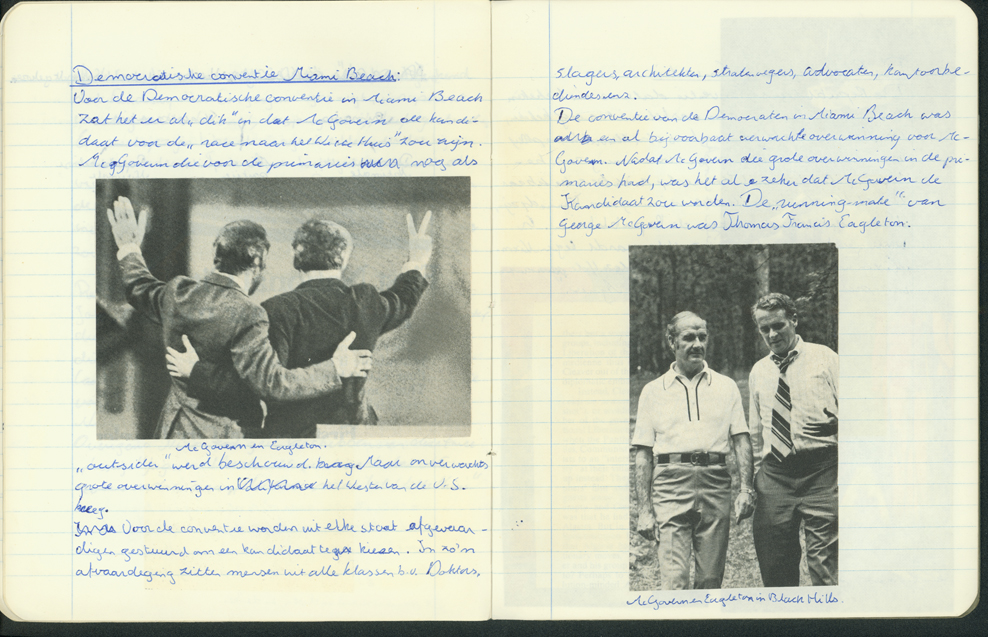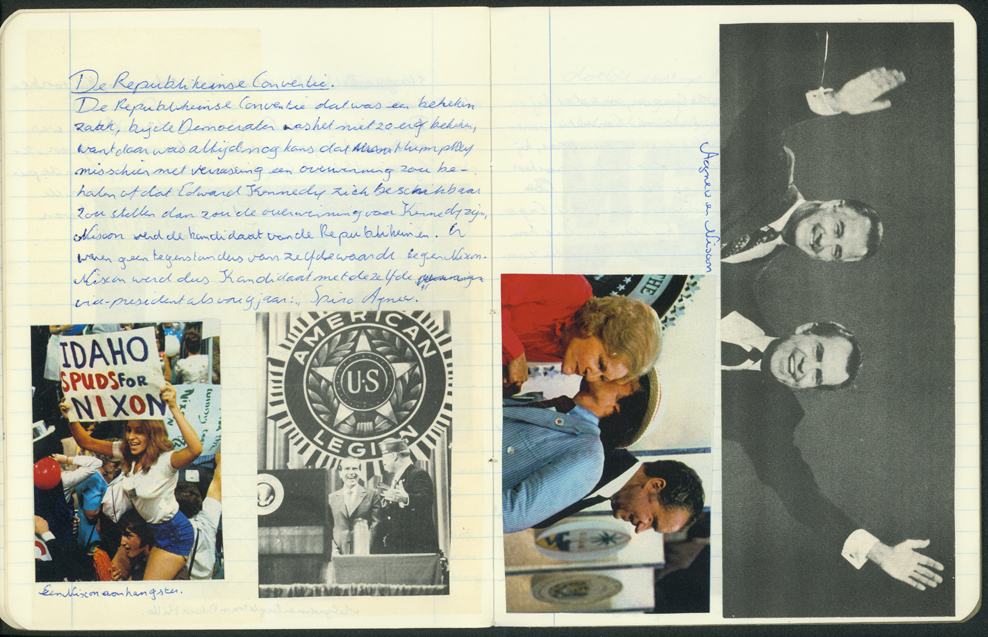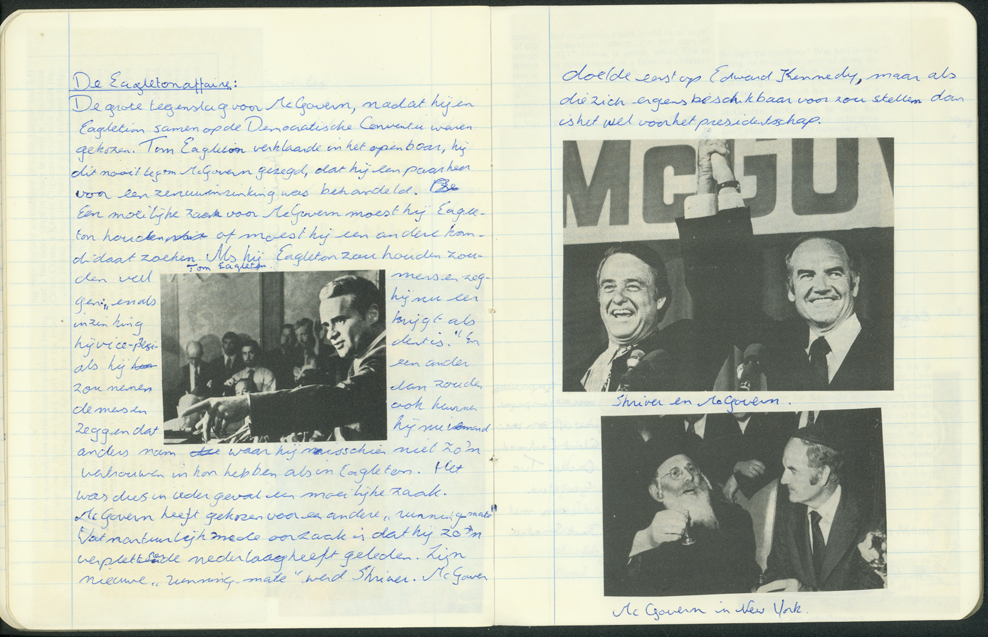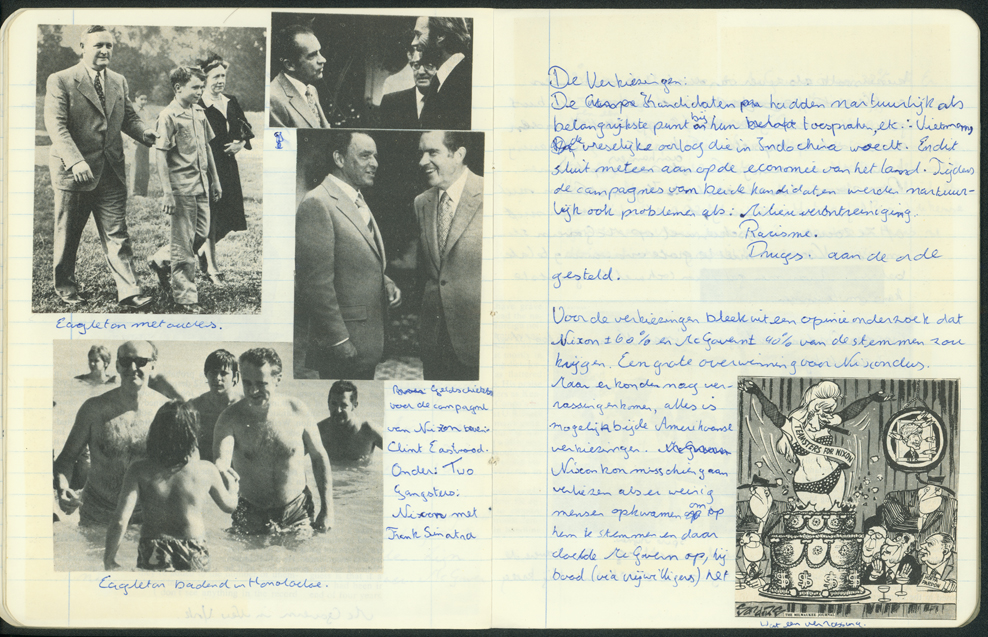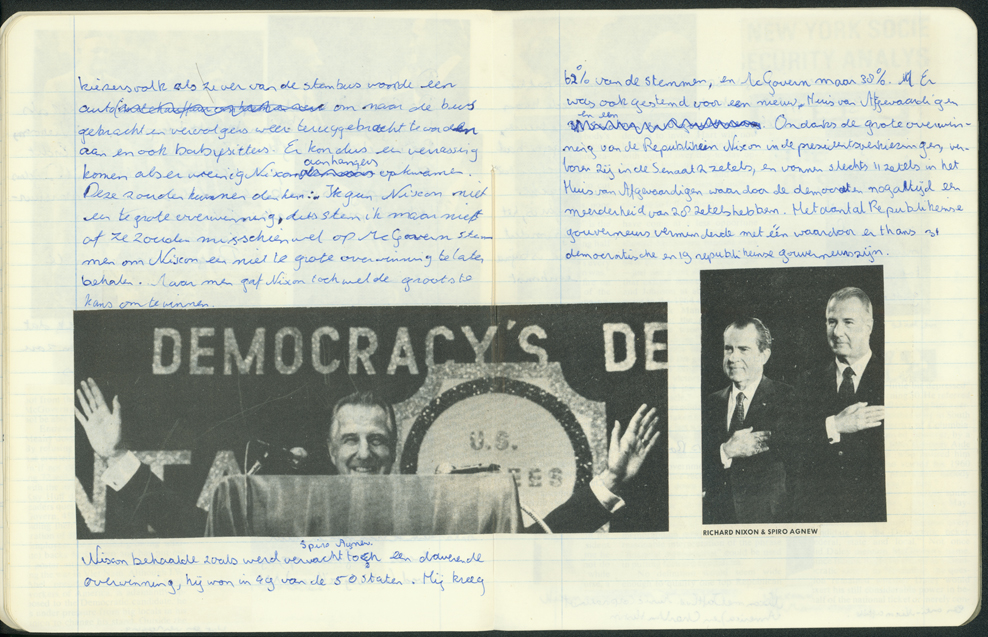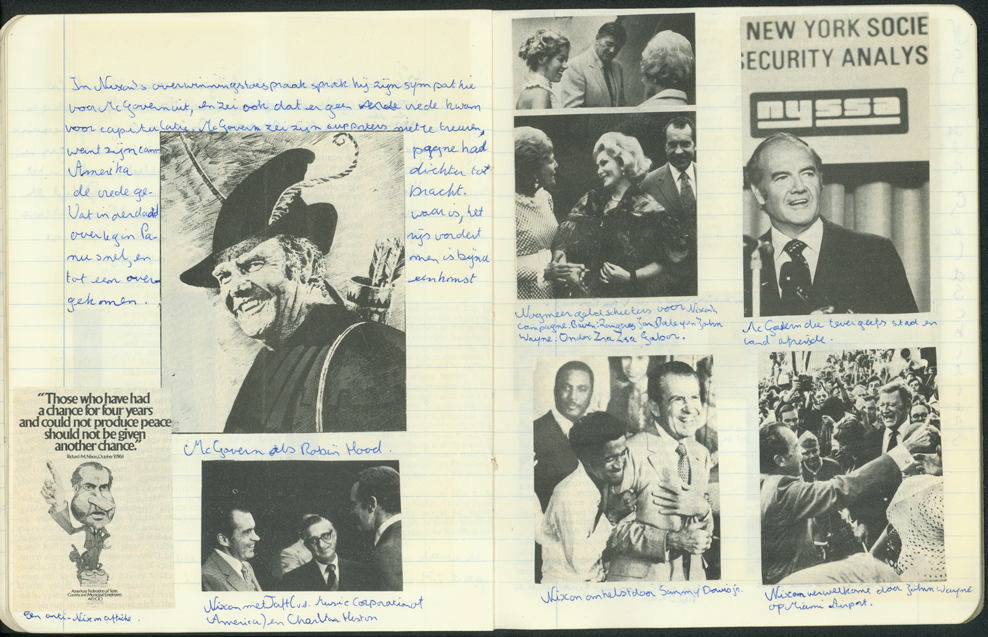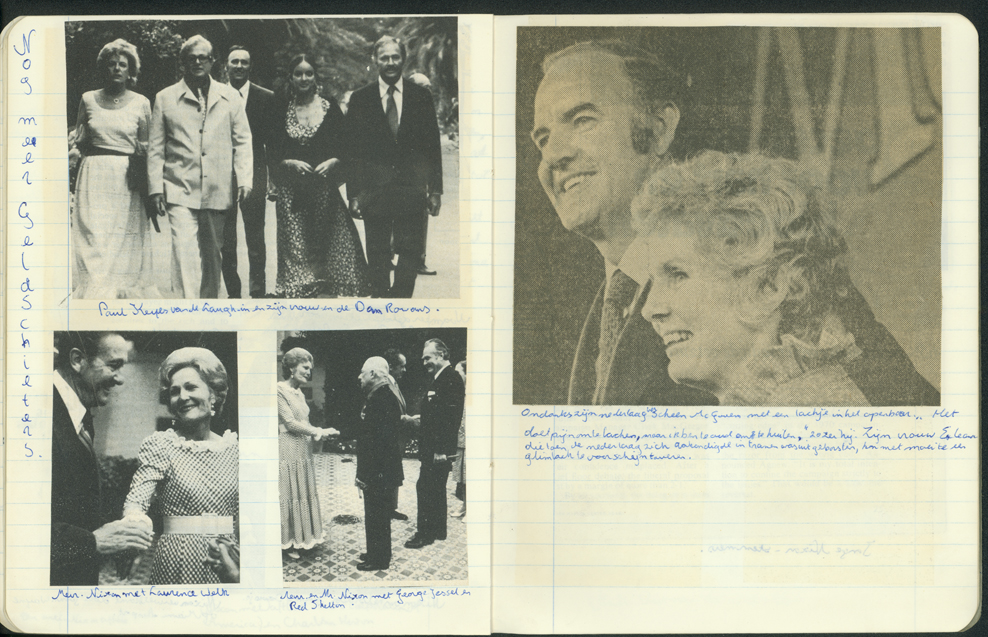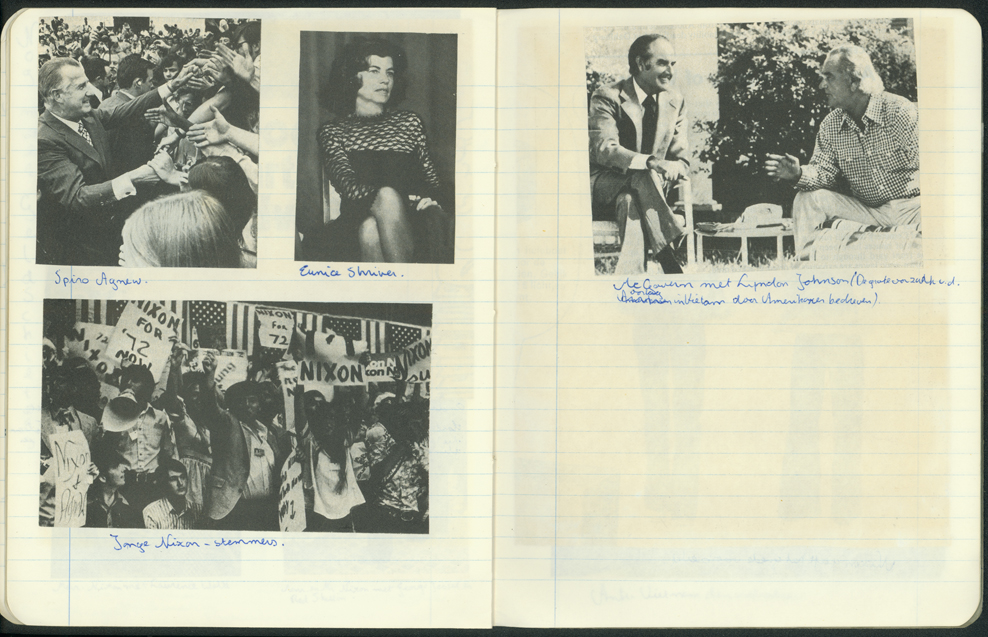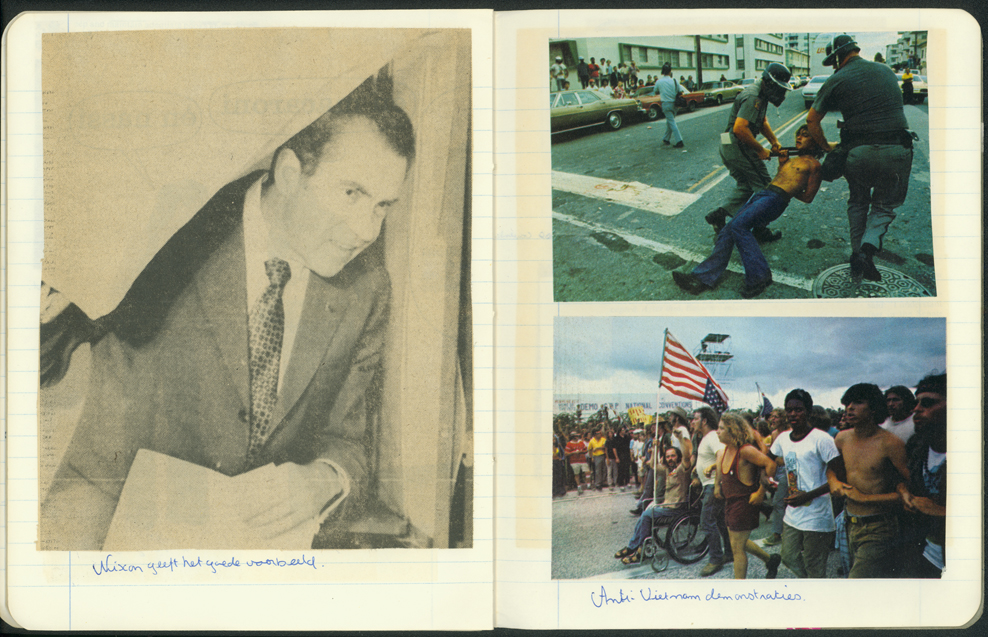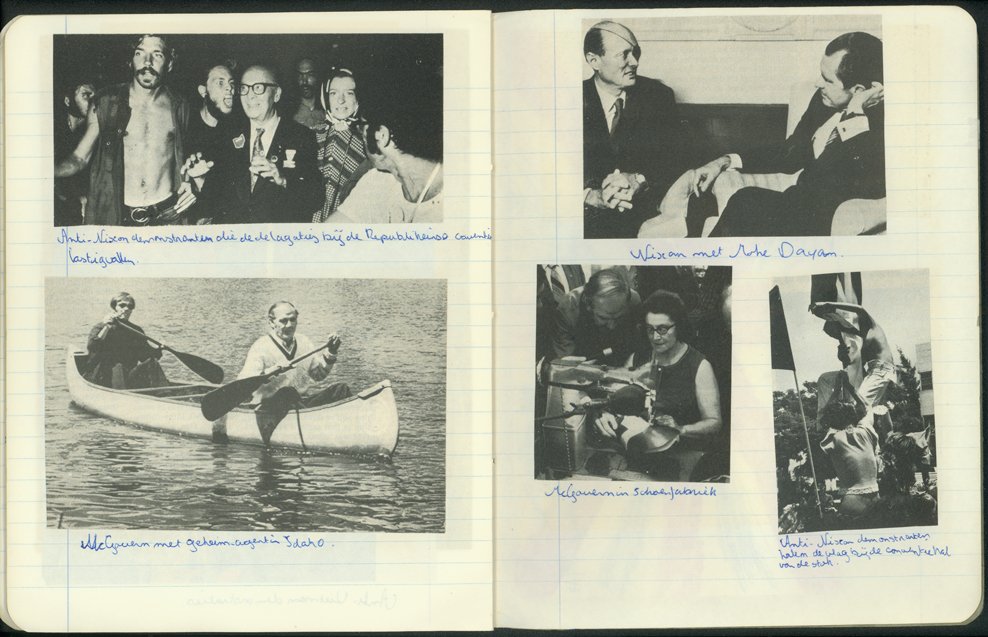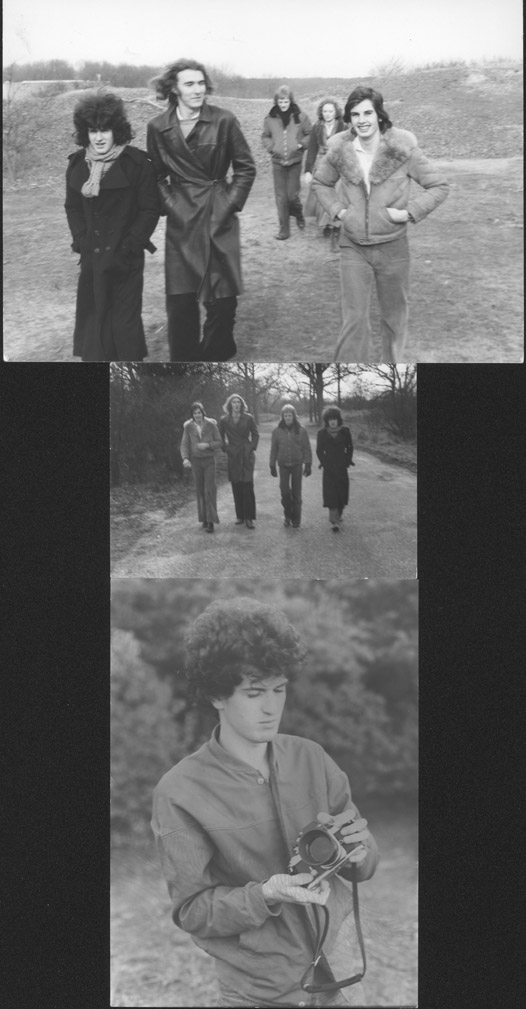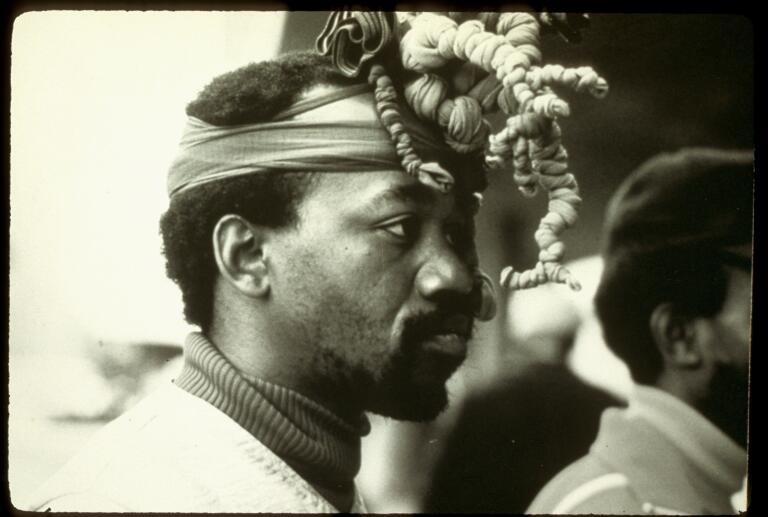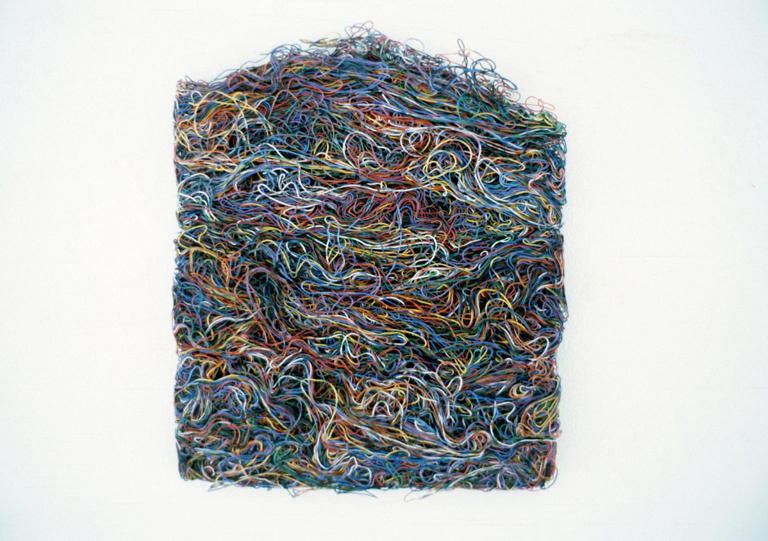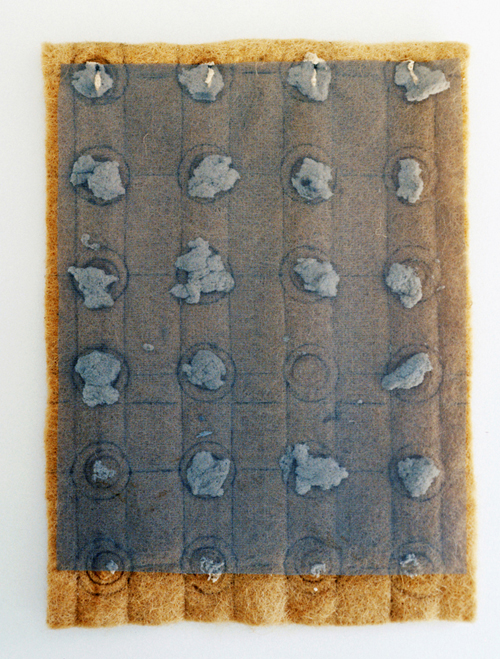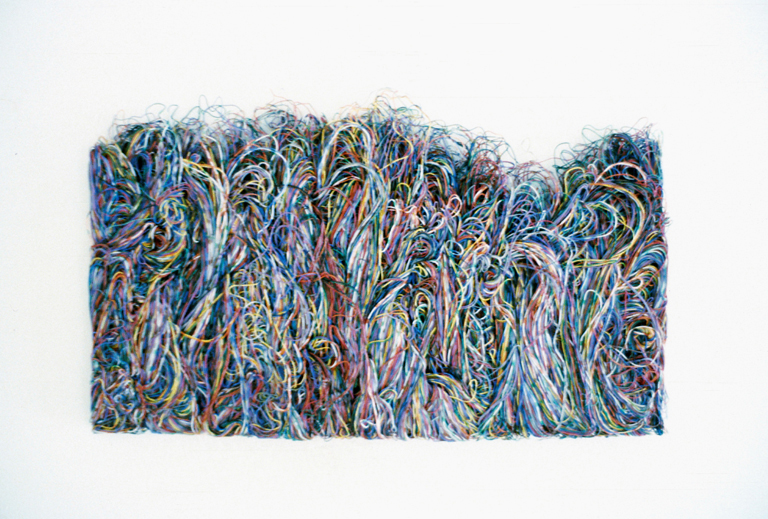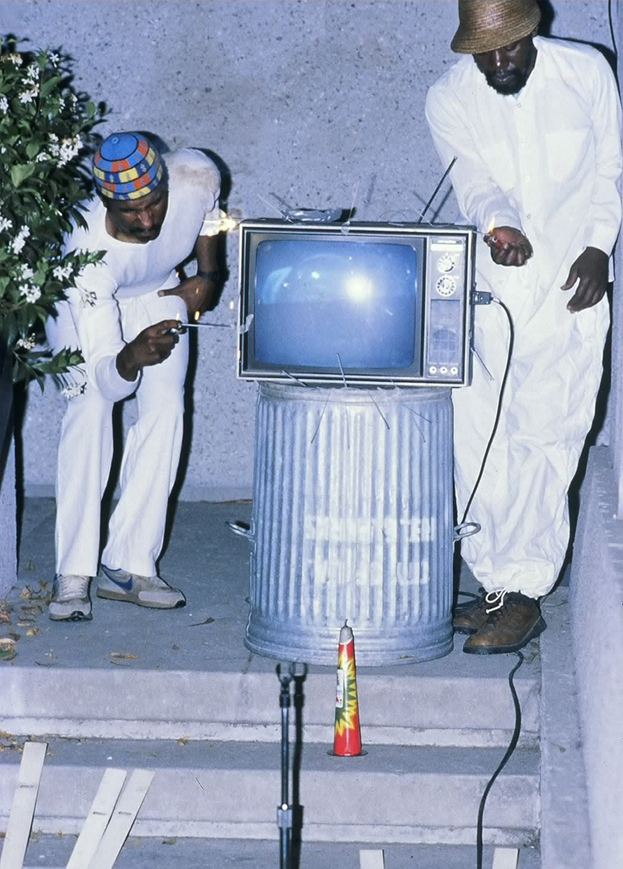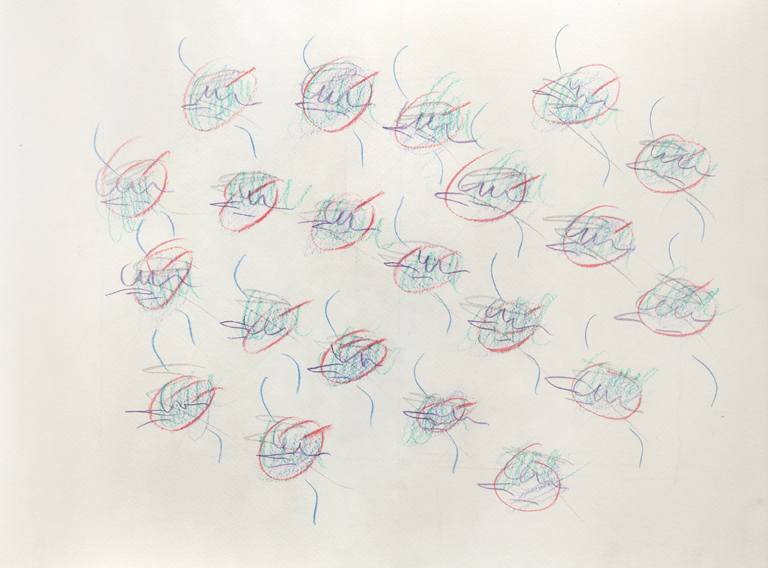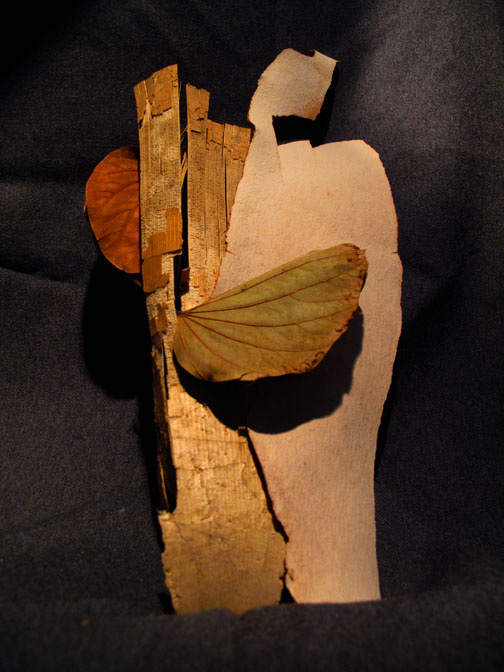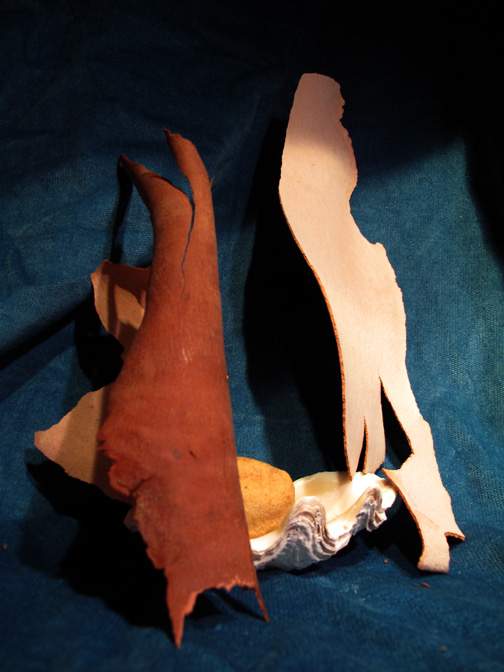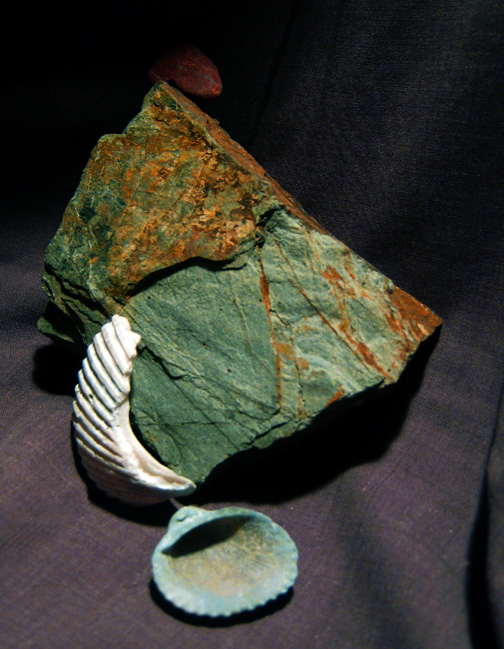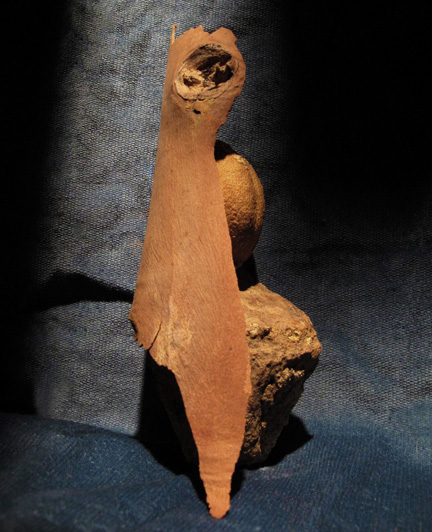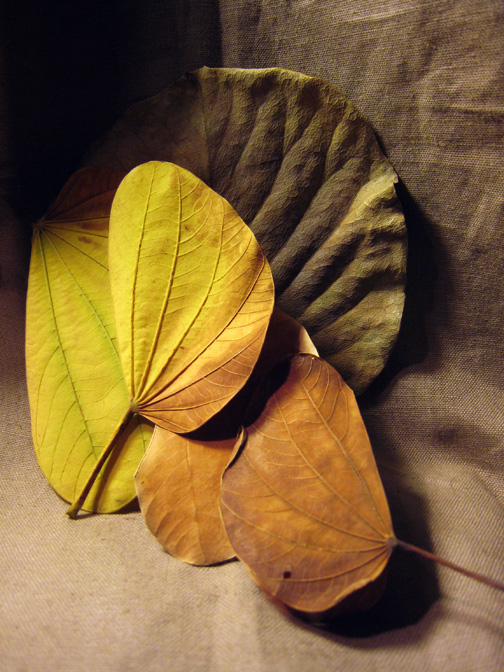MY OWN PRIVATE LIBRARY
— Book collecting is and has always been for me an overwhelming experience, both physically and psychologically and emotionally as well. Poets and writers are inveterate collectors of books. Museum directors and curators, I imagine, come in for a close second or in some instances beat out the competition. I once got a glimpse at Adam Weinberg’s collection when he moved back to New York in his new position as director of the Whitney. His library is as daunting as it is tall. I knew Henry Geldzahler’s collection pretty much, having visited his flat on numerous occasions. Ditto.
When I began jotting down notes, as what to say regarding my own experience with collecting books for fifty years now, I found myself getting caught up in a labyrinth of my own imagining for which I might not be able to break the spell. That’s how dangerous it could become—and so I’ve decided not to revisit every experience I’ve had with my books. Suffice to say, it was never a marriage of convenience, but an outright passion! So what I’ll do is start at the very beginning and attempt an incredible leap of faith to where I am now.
This has involved many back-breaking moves, East Coast and West, and at great cost; a down-sizing here and there; a shifting of specific collectible interests; at the very least three incarnations out of necessity; and on occasion a certain small number that became irretrievably lost along the way.
While hanging out with Elsa Morante at her flat in the Via dell‘Oca in Rome, I happened to glance over to one of her Danish Modern bookcases and noticed a whole grouping devoted to but one author, Robert Nathan (Yes, the Robert Nathan of Portrait of Jennie fame). I asked if I might borrow one to read—Elsa said she never lent out books, that she’d rather give me a book as a gift than wait for it’s impossible return. A lesson well-learned.
When I was a kid growing up in the Bronx, there was hardly a book in the apartment. My mom read the Daily News and I would pour over the Sunday Coloroto supplement. My dad who was not very fluent in English would read Il Progresso, an Italian weekly, as I recall. He was also for a time a union member of the ILGWU (International Ladies’ Garment Workers’ Union) as a professional tailor back in the 1930s and so he was still on their mailing list for the union paper, but I doubt he ever read it. That was as far as reading material went in the household. I still covet my original edition of Collodi’s The Adventures of Pinocchio. I haven’t a clue as to who gave it to me.
My love of books started when, after school let out at 3 o’clock, I’d head straight for the neighborhood branch New York Public Library over on Bainbridge Ave. near Fordham Road. It literally became my home away from home for two or three hours. My favorite pastime was leafing through the bound volumes of LIFE magazine, especially the full-page movie ads, and taking out books by John Hall Wheelock and Frank O. Braynard, two authors whose work I admired and whom I would end up photographing many, many years later.
It wasn’t until 1960, my senior year in high school, that I began collecting books in earnest, encouraged by my home-room and creative writing teacher Miss Daisy Aldan. She was the first turning point in my life that led me to become a poet. Around this time I joined the Book-of-the-Month Club, my first membership purchases were a boxed set of Lawrence Durrell’s Alexandria Quartet; Walker Evans and James Agee’s Let Us Now Praise Famous Men; and the collected poetries of T. S. Eliot and e e cummings. Thus my book collecting began. I’d just turned seventeen.
When I went off to college in the Midwest I shipped out my books to keep me company. The student newspaper at the University of Cincinnati ran an ad for 1st and 2nd prizes for the best student library on campus—$100 prize money and $50 runner-up. I took 2nd prize. Fifty bucks went a long way for someone who was struggling to get by on a shoestring, while also expanding my library. You can’t eat a book!
By the end of the Spring semester, when I flunked all my course work, my library consisted of three or four liquor cartons which I managed to ship back to my parents, who were none too pleased. “Whataya going to do with all these books? Get rid of them”, was the quip.
During the early ’60s my library was rapidly growing at a fever pace and included literary magazines as well. My dad had hightailed it, not leaving a word where he’d gone. My mom, alone in the flat, was always complaining, especially about the books, like they were some kind of threat or something. She was very resentful. It seemed like every time I headed downtown on the D train I’d invariably end up at the 8th Street Bookshop or sometimes at the Gotham Book Mart (where I eventually landed a part-time job as a packer in the mail-room. I can still make a mean package). From those forays into Manhattan I’d be sneaking books into the apartment.
Ok. So here comes the big leap. Ready? Watch me. Whew! Just made it, like in a Maya Deren flick.
In 2008, after purchasing the cheapest house on the block in a small town of upstate New York, I managed to re-unite with my library and rekindle that love affair started fifty years earlier. Nearly all my books are with me now, over 5000 volumes and still counting! Four cats as well; cats and books go well together, look what happened to Hemingway! After having some exquisite shelving installed I suddenly realized I’d run out of shelf space!
Walter Benjamin, in his erudite essay Unpacking My Library, remarks that “every passion borders on the chaotic, but the collector’s passion borders on the chaos of memories”. I’m not gonna go there with that. Another one of those labyrinths. So what I’m surrounded with are the thousands of creative souls looking down on me from the comfort of their random places in my life. They are a joy and then I get on with my day.
Doctor Benjamin seems to be asking me about this love affair I’m having: “For what else is this collection, Gerard, but a disorder to which habit has accommodated itself to such an extent that it can appear as order?” Where do you want me to start, Herr Professor?
Let me say this, though. On the surface, my library may appear chaotic, but I’ll have you know that I know where every book is, or nearly every one. On occasion, I still make a happy discovery! Also, there are entire shelves devoted with love and care to just one author, like yourself even. So there.
Walter Benjamin so beautifully associates the book collector with a return to one’s childhood, that’s what I love about him; he gets it right every time. Yes, here’s where it all began, on those cold winter weekdays after school I’d find myself rushing off to the library of dreams to keep warm with a book and go on a journey. I was ten, then I was eleven. I like to think of my books not just as a collection but as my own private library, replicating those childhood dreams and memories. I find myself still always using it the way one would go to the library, but now I’ve had to put the brakes on. Who am I kidding?!
The irony is that my library will outlive me because I will never in this one lifetime be able to read them all. Which reminds me of a very funny, poignant anecdote in Benjamin’s essay, where someone who’s been visiting Anatole France and admiring his library asks the standard question, “And you have read all these books, Monsieur France?” “Not one-tenth of them. I don’t suppose you use your Sevres china every day?”
I’d better stop here, otherwise I’ll want to seek out Anatole’s books for one of my shelves—that’s if I have any space left! Oh dear.
Gerard Malanga
January, 2010
—
Gerard Malanga is the author of a dozen books of poetry and two books of photography for which his work has achieved an international following over the years. He lives with his four cats amid thousands of books at a country retreat outside New York City where he finds the solitude necessary for his writing. A fanzine, ARCHIVES MALANGA, the first of its kind for a U.S. poet, is currently being produced by Lid magazine, for release later in the year.
www.gerardmalanga.com
[neuespalte]
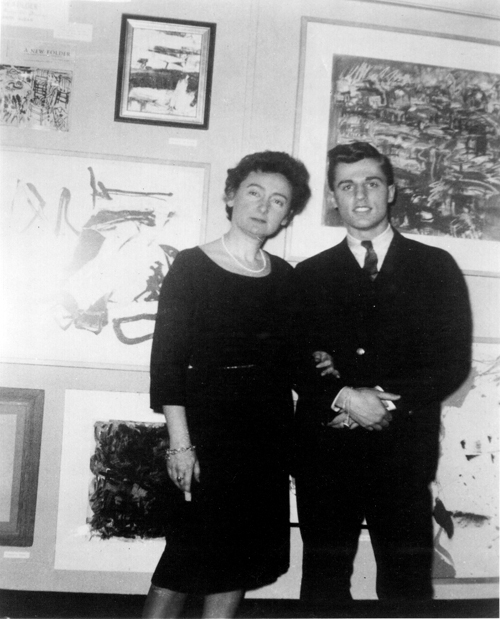
Gerard Malanga with his high school creative writing teacher, Daisy Aldan, at the exhibit she organized to commemorate her publication of A NEW FOLDER, AMERICANS: POEMS AND DRAWINGS, Spring 1960. Photo credit: ©Archives Malanga.
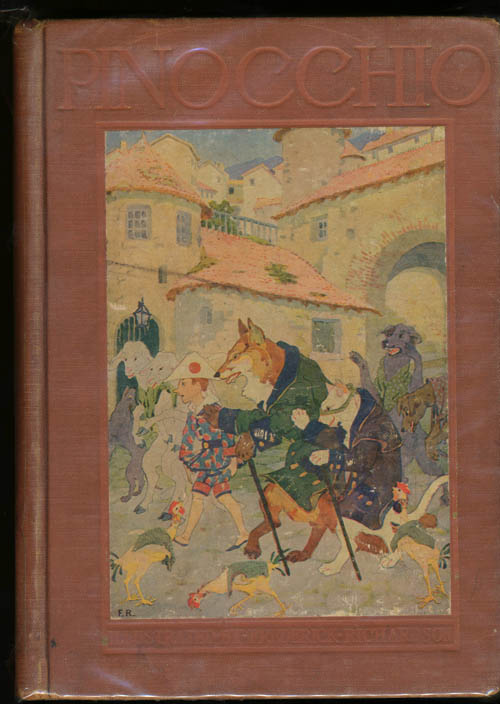
Carlo Collodi, THE ADVENTURES OF PINOCCHIO, illustrated by Frederick Richardson; published by The John C. Winston Co. 1927. Gerard Malanga Personal Collection.

